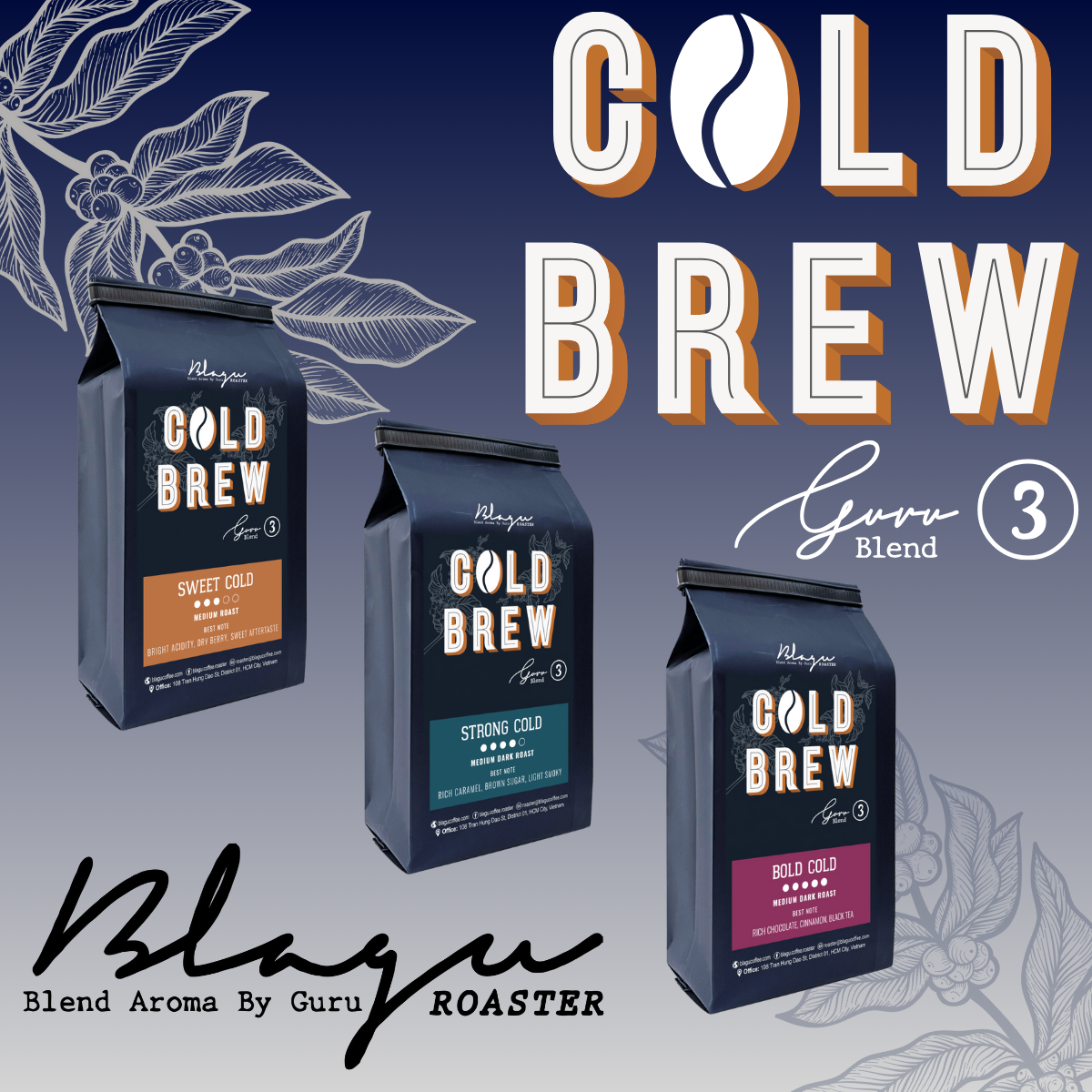The Land and Its Legacy
In the heart of Central America, Guatemala stands as a land sculpted by volcanoes and rain, where coffee has become both heritage and heartbeat. Jesuit missionaries first brought coffee plants here in the mid-1700s, tending them as ornaments in monastery gardens around Antigua. By the late nineteenth century, liberal reforms and mountain ambition had transformed the crop into an export treasure, weaving coffee into the nation’s soil and spirit.
Through the twentieth century, immigrant planters—especially from Germany—invested deeply in Cobán and Alta Verapaz, building mills, railways, and networks that carried Guatemalan coffee to distant ports. Recognition soon followed: at the 1915 Panama–Pacific International Exposition, Guatemala’s coffee earned awards for excellence. Since then, the country’s volcanic terrain and artisanal devotion have kept its reputation as one of the world’s most expressive origins.
The Coffee Journey
Varieties and Altitude
Nearly all of Guatemala’s coffee—around 99 percent—is Arabica, grown across 20 of the 22 departments and 261 municipalities. Farms span altitudes from 1,200 to 2,000 meters, each region offering its own balance of sun, shade, and volcanic soil. The classic cultivars — Typica, Bourbon, Caturra, Catuai, and Pache — thrive under the protective canopy of forest trees that nourish biodiversity and retain moisture.
Eight distinct growing regions define Guatemala’s map of flavor: Antigua, Acatenango, Atitlán, Cobán, Fraijanes, Huehuetenango, Nuevo Oriente, and San Marcos. Their combined diversity turns the country into a natural tasting flight — from cool rainforests to sun-washed volcano slopes, from crisp citrus to deep chocolate tones.
Processing and Craft
Guatemala remains a stronghold of washed coffee, the process that refines sweetness and clarity. Ripe cherries are pulped, fermented overnight, then washed in cool mountain water before drying on patios or raised beds. In humid regions like Cobán, drying is carefully managed to preserve quality, sometimes lasting weeks.
While honey and natural methods are gaining attention among younger producers, the national character remains rooted in balance — washed coffees that showcase structure and transparency. About 98 percent of production is shade-grown, forming agroforestry systems that sustain both soil and songbirds, proving that quality and ecology can thrive together.

Cup Profile and Character
Guatemalan coffee is prized for its clarity, body, and refined acidity. Yet each region tells its own story: Antigua brings elegance, chocolate, nuts, and hints of orange; Huehuetenango offers bright fruit—apple, plum, honeyed sweetness; Cobán reveals floral, tea-like delicacy; Fraijanes sparkles with citrus; San Marcos yields tropical fullness.
This variety, bound by volcanic richness and altitude, creates a spectrum that few countries can match. The common thread is harmony — flavor that is vivid but composed, bright yet balanced.
Reflections — The Spirit Behind the Bean
Coffee in Guatemala is more than commerce; it is a culture rooted in resilience. Ninety-seven percent of its producers are smallholders, families whose work sustains both tradition and community. From handpicking cherries beneath forest shade to managing fermentation in backyard tanks, their labor carries the rhythm of the mountains.
To drink Guatemalan coffee is to experience a dialogue between land and lineage. It captures the essence of volcanic soil, the whisper of rain, and the devotion of countless hands. In every balanced cup lies a nation’s quiet perfection — a harmony born of altitude, craft, and faith in the earth itself.





